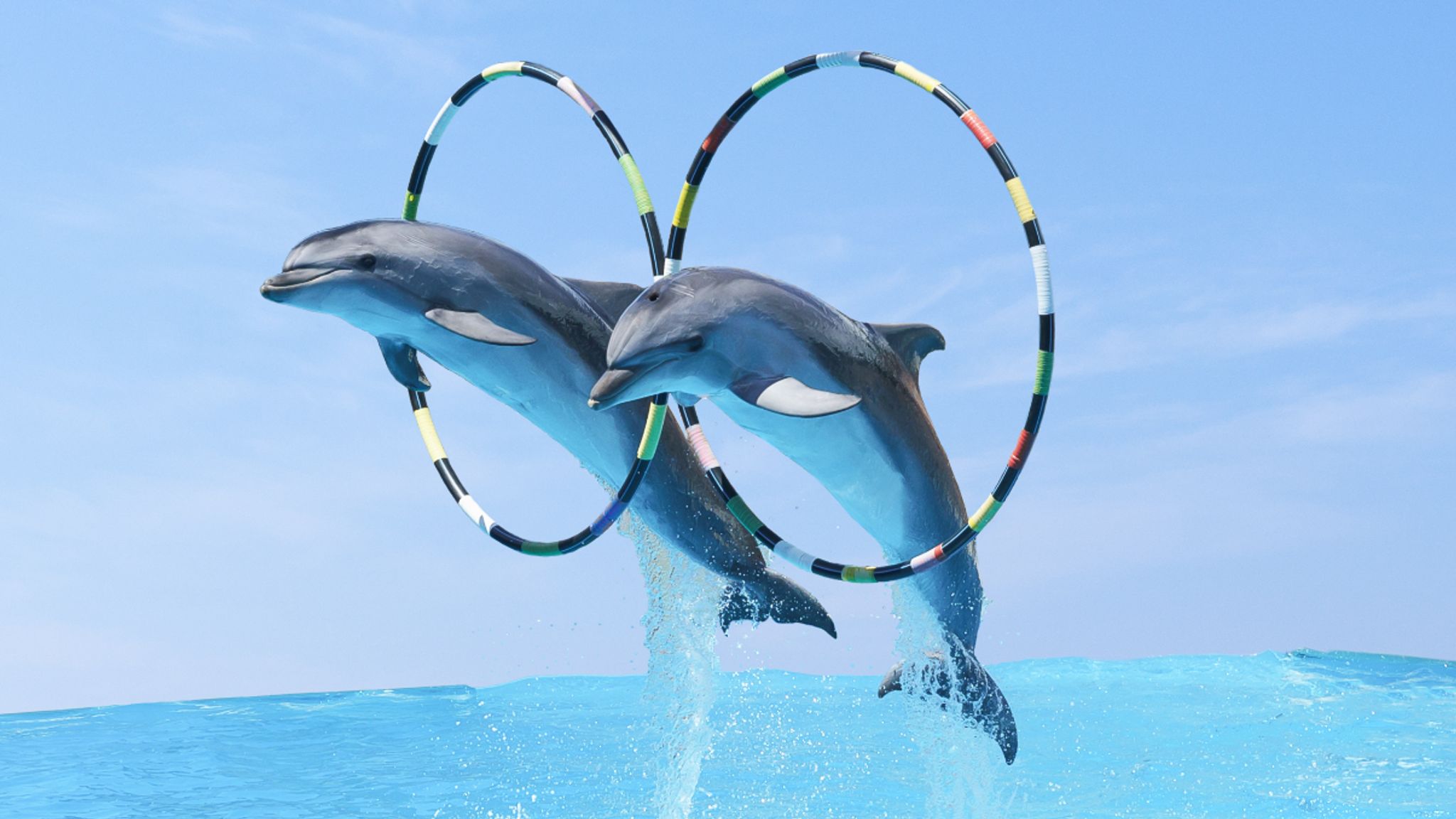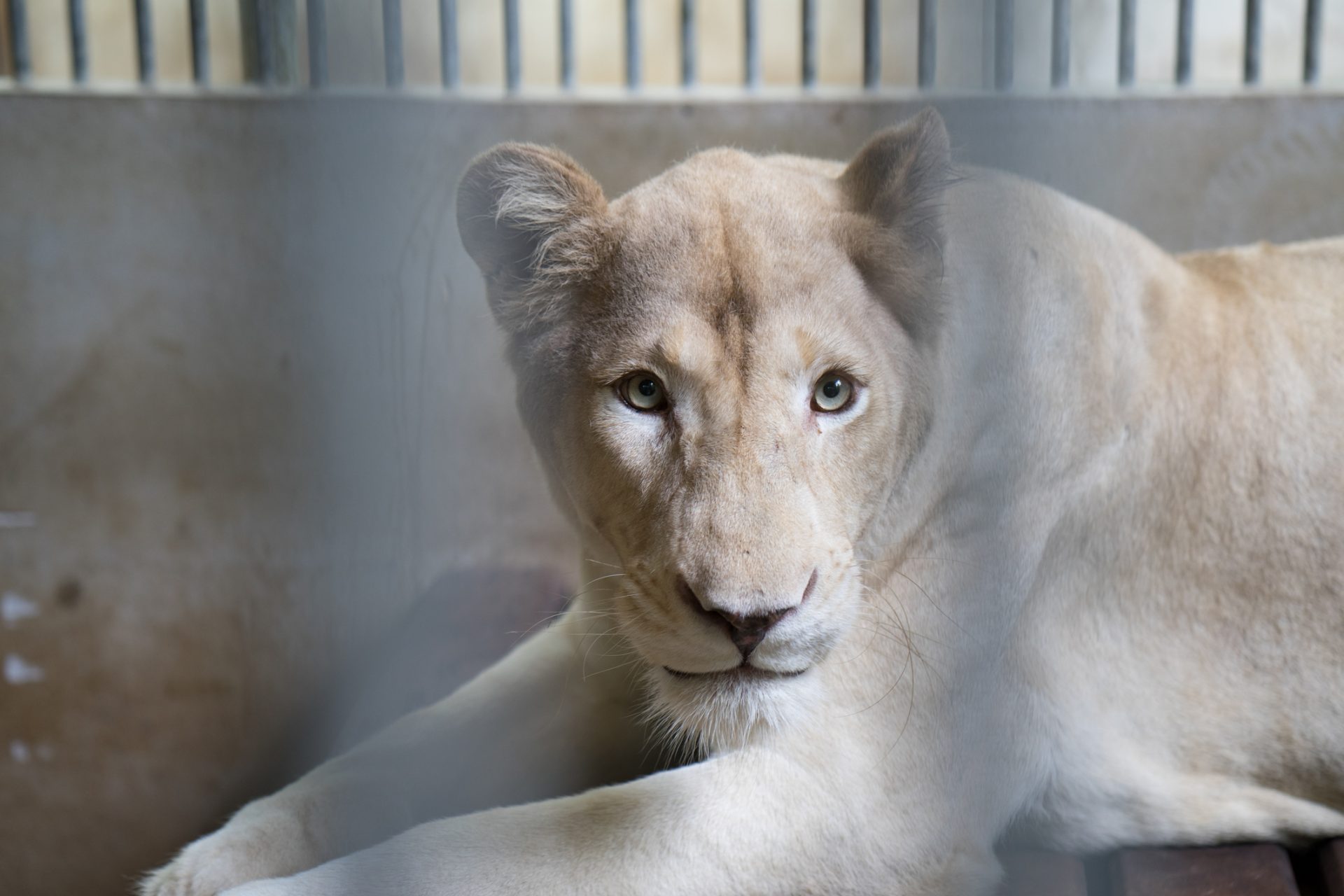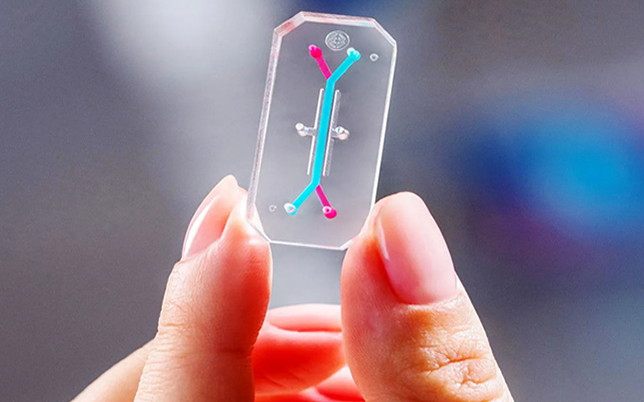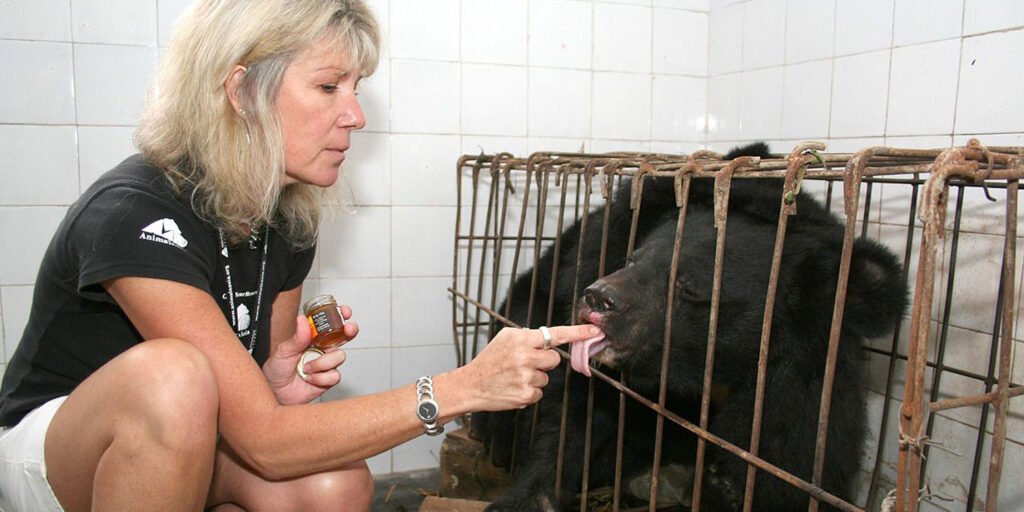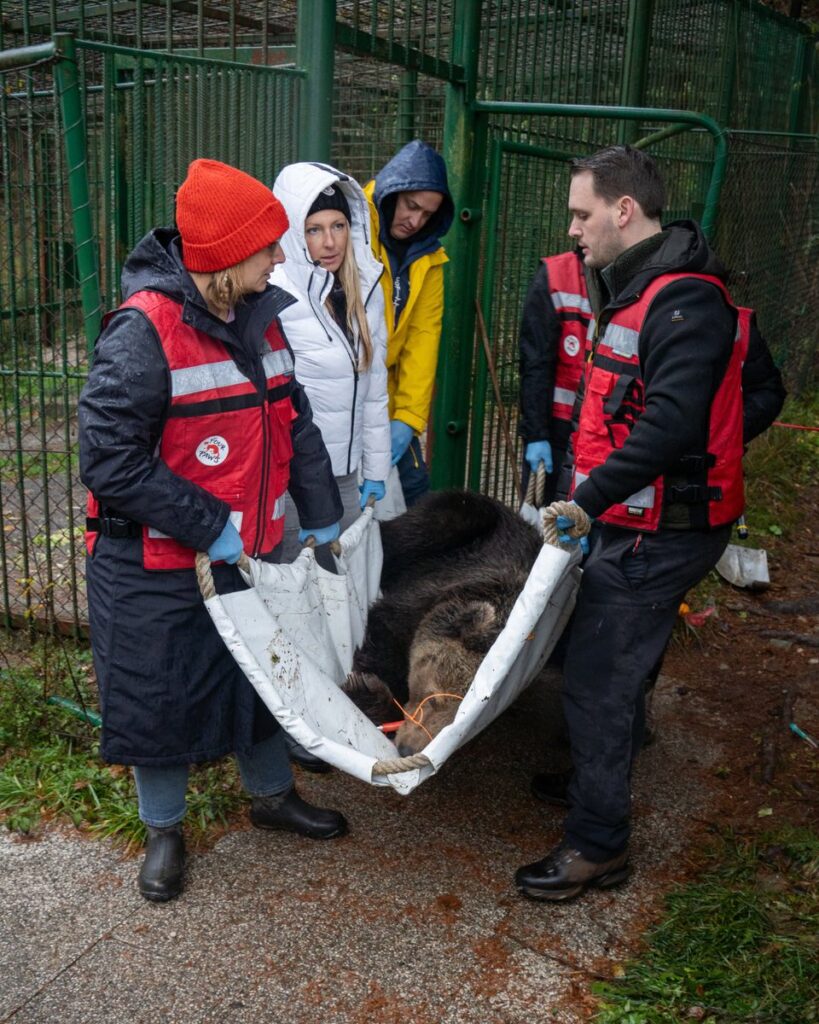The U.S. Power Crunch and Congressional Gridlock on Energy Policy
Why King Oyster Mushrooms Are Becoming a Go-To for Climate-Conscious Cooking
A High-Stakes Fusion Gamble Ties Politics, AI, and the Future of Energy
The Colorado River Crisis and the Political Fault Lines Reshaping the American West
Dolphins in Crisis — From Mass Slaughter to Captivity, and the Global Fight for Freedom
America’s Escalating Execution Crisis and the Human Cost of Capital Punishment
When Animals Become Props, Exploitation Follows
Pennsylvania Youth Challenge Fossil Fuel Expansion to Defend Their Constitutional Rights
Celebrating a Year of Impact: How 2025 Became a Year of Hope for Animals
Local Power, Federal Enforcement, and the Private Prison Connection: Understanding ICE Arrests in 2025
Celebrate the Holidays with Plant-Based Magic with Tofu Flights and Christmas Cracker Candy
Rethinking Justice and The Growing Conservative Case Against the Death Penalty
SafariLIVE Sunset: Witness Wildlife in Real Time – December 2025 Highlights
Prison Gerrymandering: How Counting Incarcerated Individuals Distorts Representation, Not Funding
Youth Lead the Fight for Climate Justice and Constitutional Rights Across the U.S. and Beyond
Get Involved, Do Something


PRIVATE PRISONS.
Private prisons, like many other publicly traded companies, have their value determined by a variety of factors, with the number of occupants being a significant one. The business model of private prisons revolves around incarcerating individuals on behalf of government agencies, primarily at the state and federal levels, in exchange for a per diem or monthly fee per inmate.
The number of occupants, or inmates, directly impacts the revenue generated by private prisons. Higher occupancy rates mean more revenue, as each inmate represents a source of income for the company. Therefore, from a financial standpoint, private prison operators aim to maximize occupancy levels to optimize their revenue streams.
From a trading perspective on Wall Street, investors closely monitor metrics such as occupancy rates when evaluating the performance and potential value of private prison stocks. Higher occupancy rates often signal strong financial performance and growth potential, which can drive up the stock price and attract investors.





The U.S. Power Crunch and Congressional Gridlock on Energy Policy
The United States is facing an increasingly acute energy supply challenge, driven by rising electricity…
Why King Oyster Mushrooms Are Becoming a Go-To for Climate-Conscious Cooking
As more home cooks look for ways to eat sustainably without sacrificing comfort or flavor,…
A High-Stakes Fusion Gamble Ties Politics, AI, and the Future of Energy
The race to define the next era of clean energy took a sharp and unexpected…
The Colorado River Crisis and the Political Fault Lines Reshaping the American West
The Colorado River, long regarded as the lifeblood of the American West, has become the…
Dolphins in Crisis — From Mass Slaughter to Captivity, and the Global Fight for Freedom
In 2025, the global reality facing dolphins has become impossible to ignore. From brutal annual…
America’s Escalating Execution Crisis and the Human Cost of Capital Punishment
The United States closed out 2025 with a grim distinction: this year marked the highest…
When Animals Become Props, Exploitation Follows
A troubling incident involving a tiger and a chimpanzee from a roadside zoo known as…
Pennsylvania Youth Challenge Fossil Fuel Expansion to Defend Their Constitutional Rights
A group of thirteen young Pennsylvanians is stepping into the legal arena with a message…
Celebrating a Year of Impact: How 2025 Became a Year of Hope for Animals
As 2025 comes to a close, the accomplishments in animal welfare across the globe are…
Local Power, Federal Enforcement, and the Private Prison Connection: Understanding ICE Arrests in 2025
New data released on December 11, 2025, by the Prison Policy Initiative and the Deportation…
Celebrate the Holidays with Plant-Based Magic with Tofu Flights and Christmas Cracker Candy
The holidays are the perfect time to indulge in festive flavors while making conscious choices…
Rethinking Justice and The Growing Conservative Case Against the Death Penalty
Across the United States, the death penalty remains one of the most divisive issues in…
SafariLIVE Sunset: Witness Wildlife in Real Time – December 2025 Highlights
Nature enthusiasts and conservation supporters around the world are once again treated to breathtaking encounters…
Prison Gerrymandering: How Counting Incarcerated Individuals Distorts Representation, Not Funding
Prison gerrymandering remains a little-known but profoundly influential factor in American democracy. A recent post…
Youth Lead the Fight for Climate Justice and Constitutional Rights Across the U.S. and Beyond
From the coral reefs of Florida to the mountains of Montana, youth across the United…
Sustaining Justice: Examining the Deadly Machinery of Capital Punishment in America
The death penalty in the United States remains one of the most expensive, controversial, and…
Equipping Journalists to Cover the Criminal Legal System With A New Toolkit for Accurate and Impactful Reporting
In an era where the criminal legal system is under intense public scrutiny, the role…
Rescues This Week, Taco the Dog, Mopsy and Her Pups, Mr. Rogers, Lino, Thelma & Louise, Dorothy & Toto, Paddington Bear and Disney Family Rescue
Taco the Dog: A Dramatic Rescue from a Storm Drain Rescue operations for animals in…
Tiger Tajmir Finds Sanctuary: A Triumph for Big Cat Rescue Across Europe
After a harrowing journey spanning countries, crises, and countless uncertainties, tiger Tajmir has finally arrived…
Rescue in Motion: As Mici the Bear Begins Her Journey to Freedom, Preparations Intensify at BEAR SANCTUARY Arbesbach
A long-awaited rescue is finally nearing its most hopeful moment. After years spent living in…





